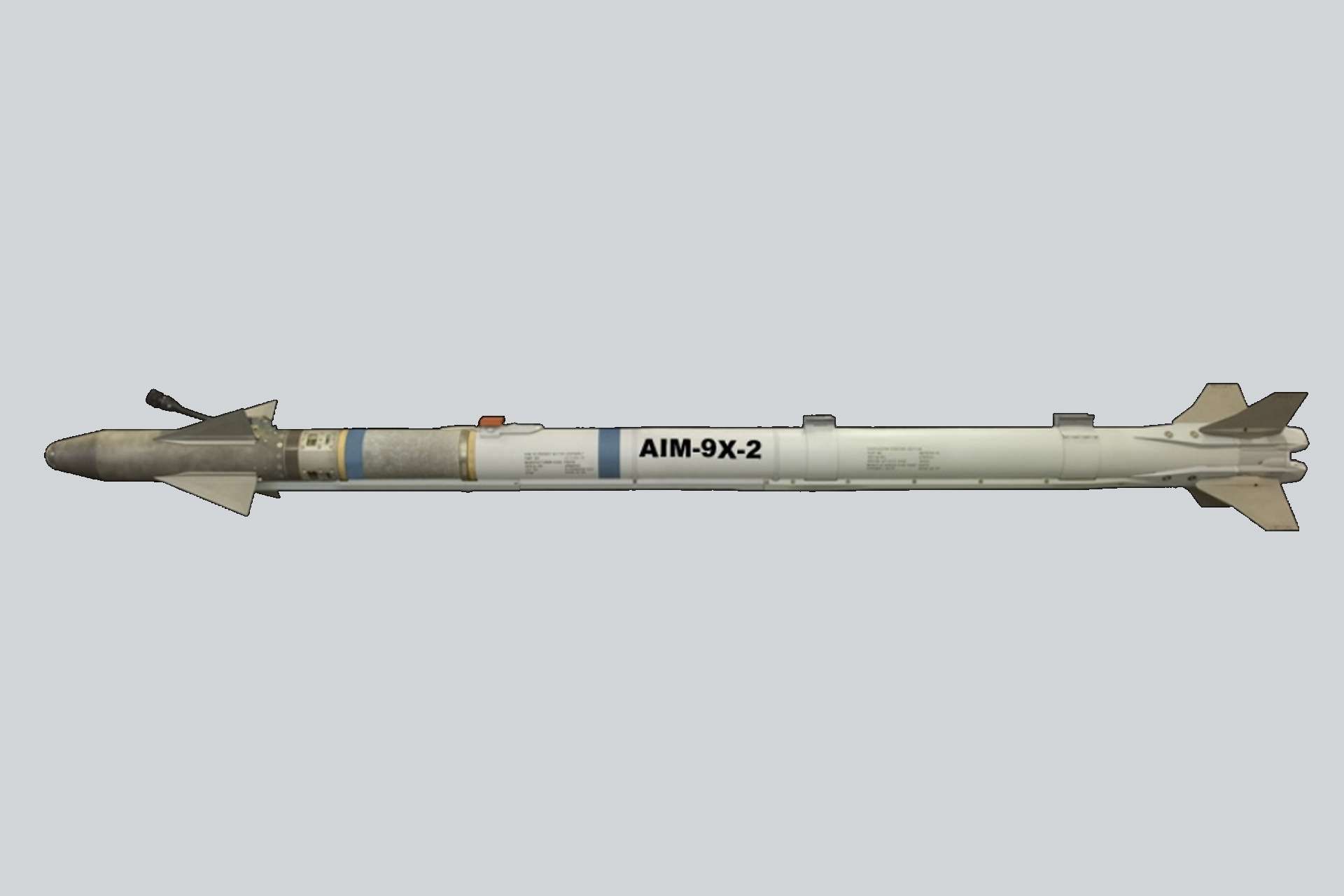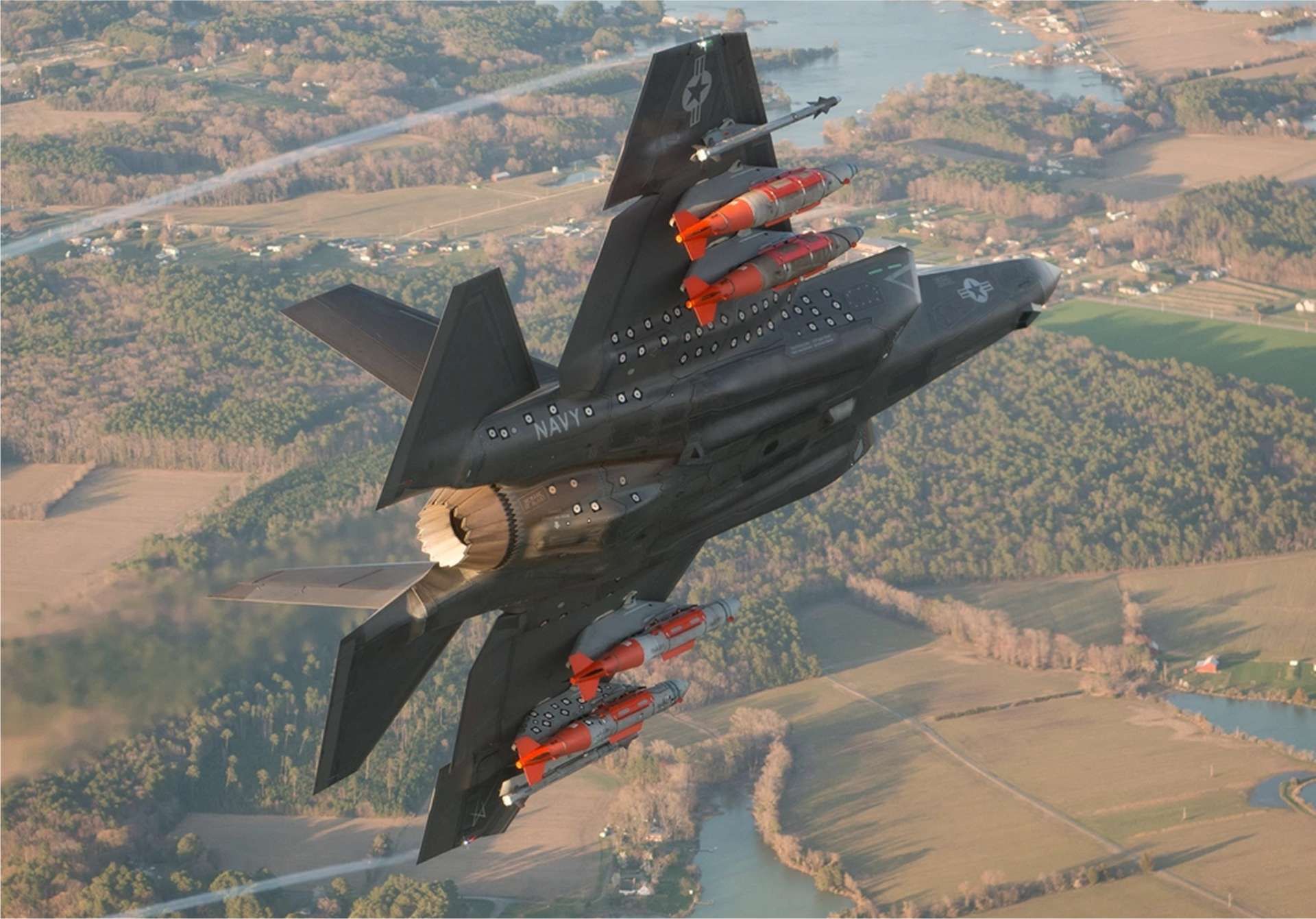Breaking News
Netherlands orders $691 Million of US AIM-9X Sidewinder air-to-air missiles to arm growing F-35 fleet.
On September 6, 2024, the U.S. State Department approved a potential Foreign Military Sale (FMS) to the Netherlands, involving 246 AIM-9X Sidewinder Block II air-to-air missiles and related equipment, for an estimated cost of $691 million. The AIM-9X Block II, introduced in 2003, is an air-to-air missile with a lock-on after-launch (LOAL) capability, suitable for various platforms, including the F-35 Lightning II, which the Netherlands recently announced plans to purchase more of.
Follow Army Recognition on Google News at this link

The AIM-9X Block II, introduced in 2008, features a lock-on after-launch (LOAL) capability with a datalink, allowing the missile to be directed toward a target after launch by suitably equipped aircraft, such as the F-35A stealth fighter. (Picture source: US DoD)
The Netherlands specifically requested 246 AIM-9X Sidewinder Block II tactical missiles, six AIM-9X Block II Sidewinder captive air training missiles (CATM), two AIM-9X Block II Sidewinder special air training missiles, fourteen AIM-9X Block II Sidewinder tactical guidance units, and two AIM-9X Block II Sidewinder CATM guidance units. The package also includes missile containers, spares, personnel training, training equipment, classified and unclassified publications and technical documents, warranties, and U.S. Government and contractor engineering, technical, and logistics support services, along with other elements of logistics and program support. The total estimated program cost is valued at $691 million.
The AIM-9 Sidewinder is a short-range air-to-air missile initially developed by the U.S. Navy, entering service in 1956. Conceived in the late 1940s to enhance fighter aircraft armament, it was designed as a heat-seeking missile. It was first deployed by U.S. Navy F9F-8 Cougars and has since been used in conflicts such as the Vietnam War, the 1982 Falklands War, and the Gulf War. Over 110,000 units have been produced, with the missile used by 27 countries and credited with 270 aircraft kills.
The AIM-9 has undergone numerous upgrades to meet evolving aerial combat requirements. Early versions, like the AIM-9B, were limited to rear-aspect engagements, requiring pilots to target enemy aircraft engine exhausts. Later models, such as the AIM-9D and AIM-9G, featured improved guidance, extended ranges, and increased reliability. The AIM-9L and AIM-9M introduced all-aspect capabilities, allowing engagement from any direction. The missile has also been adapted for various platforms and roles, including anti-radar and ground-attack applications.

The AIM-9X Block II features enhanced guidance and updated software to improve performance in high off-boresight situations, an internal cooling system to eliminate the need for external coolant bottles, a thrust-vectoring system for up to 60 g turns, and improved infrared counter-countermeasures. (Picture source: US DoD)
Introduced in 2003, the AIM-9X incorporates an imaging infrared focal-plane array seeker with a 90-degree off-boresight capability, enabling it to engage targets outside the direct line of sight using helmet-mounted displays, such as the Joint Helmet Mounted Cueing System (JHMCS). It also includes a two-axis thrust-vectoring control system, enhancing maneuverability beyond traditional control surfaces. While retaining the rocket motor, fuze, and warhead of earlier versions, the AIM-9X benefits from design modifications that reduce drag, improving range and speed.
The AIM-9X Block II, introduced in 2008, added a lock-on after launch (LOAL) capability with a datalink, allowing the missile to be directed toward a target after launch by suitably equipped aircraft, enabling 360-degree engagement scenarios. The Block II also features enhanced guidance and updated software to improve performance in high off-boresight situations. Additionally, it includes an internal cooling system, eliminating the need for external coolant bottles, a thrust-vectoring system for up to 60 g turns, and improved infrared counter-countermeasures (IRCCM).
As reported on September 5, 2024, the Dutch government plans to increase its defense budget by €2.4 billion over the coming years. This decision, detailed in a new Defense Memorandum, outlines investments across various military assets, including additional F-35A fighter jets, for which the AIM-9X Block II has demonstrated potential with its lock-on after launch capability. The Royal Netherlands Air Force currently operates 39 F-35A aircraft, with plans for further deployments at No. 322 Squadron at Leeuwarden Air Base and No. 312 Squadron at Volkel Air Base by 2024, with a potential addition of No. 313 Squadron.

Currently, the Royal Netherlands Air Force operates 39 F-35A stealth fighters, down from the initial plan to acquire 85 aircraft to replace its aging fleet of F-16AMs. (Picture source: US DoD)
Initially, the Netherlands planned to acquire 85 F-35A aircraft to replace its aging F-16AM fleet, with an estimated cost of €5.5 billion for the initial purchase and €9.1 billion over 30 years of service. Despite concerns from the Dutch Parliament about delays, technical issues, and rising costs, the government proceeded with purchasing two test aircraft in 2008. Although the first test series was canceled in 2010, the decision was reversed in 2011, and a second test aircraft was acquired. Subsequent discussions suggested that the number of aircraft acquired would likely be fewer than the original 85, given the reduced number of F-16s in service.
By September 2013, the Dutch government announced plans to acquire 37 F-35s for approximately €4.5 billion, with an additional €270 million allocated annually for operating costs. In the following years, discussions continued about the Netherlands' involvement in the F-35 program, including concerns over rising costs and the possibility of alternative aircraft options. In 2013, the Netherlands Court of Audit reported that increasing per-unit costs had reduced the number of aircraft affordable to below the minimum level required to meet NATO requirements.
Despite these concerns, the Ministry of Defence removed the €4.5 billion budget cap set in 2013, allowing for the possible purchase of more aircraft. By May 2022, the Ministry decided to order an additional six F-35s, bringing the total planned acquisition to 52. Currently, the Royal Netherlands Air Force has 39 operational F-35As, with additional deployments planned for No. 322 Squadron at Leeuwarden Air Base and No. 312 Squadron at Volkel Air Base by 2024, with a potential addition of No. 313 Squadron.


























